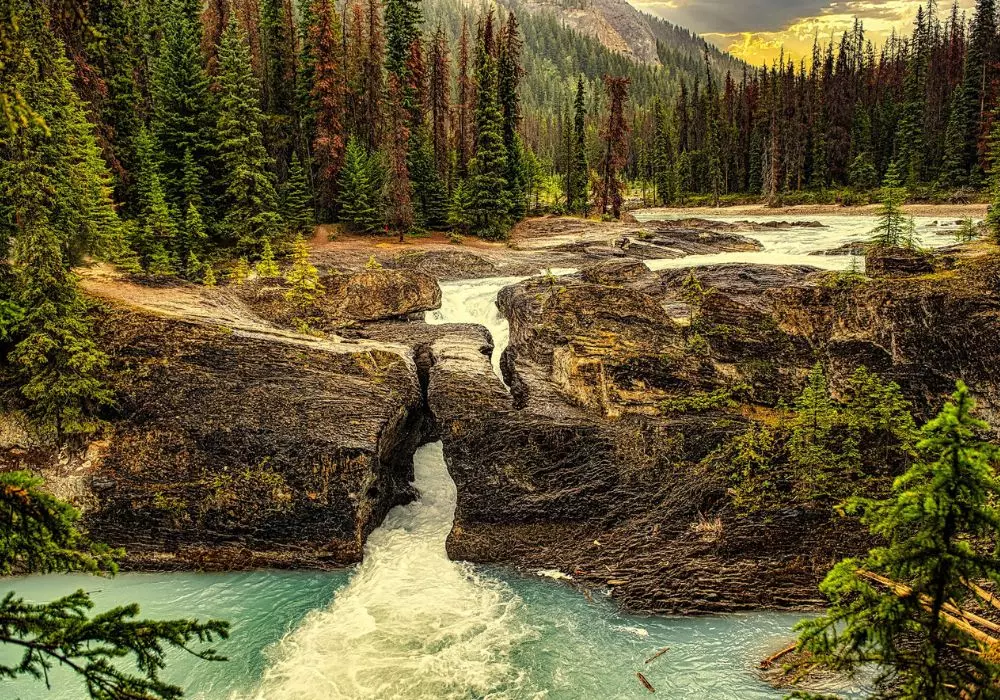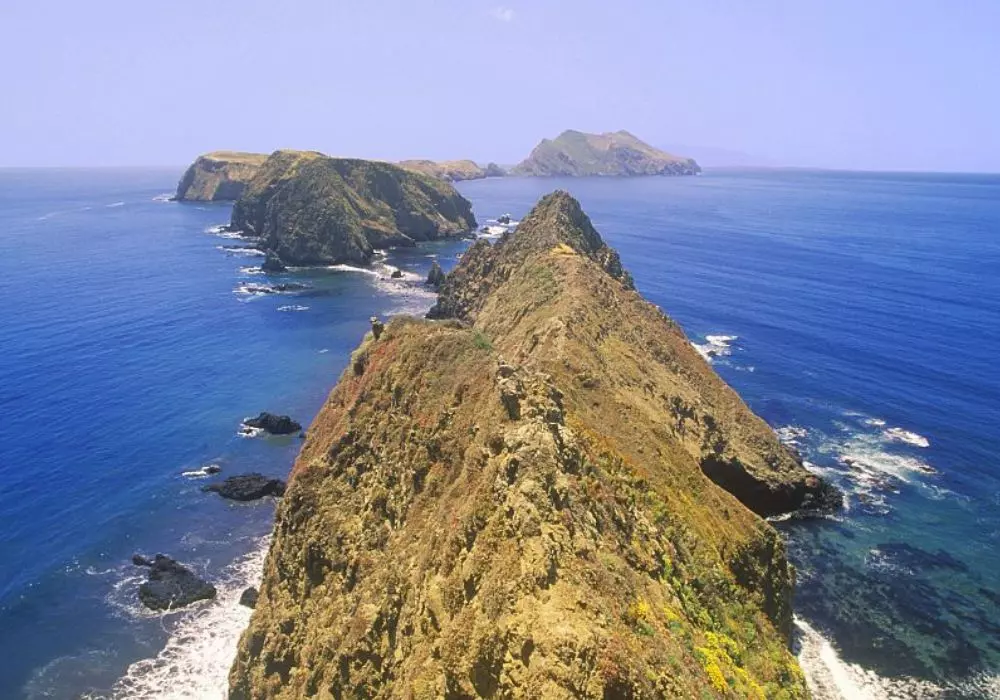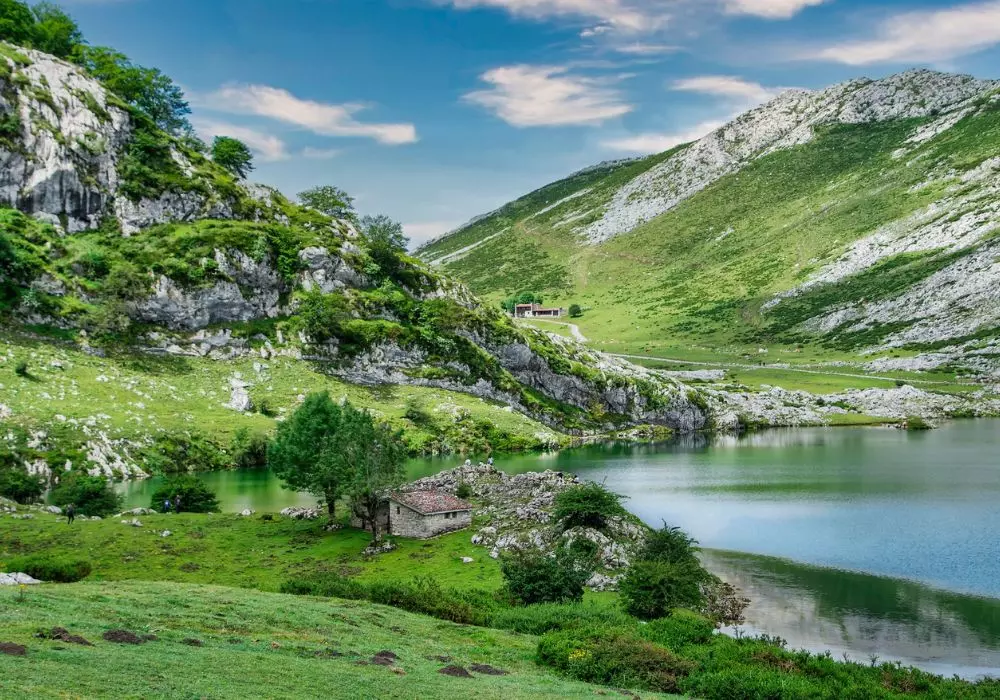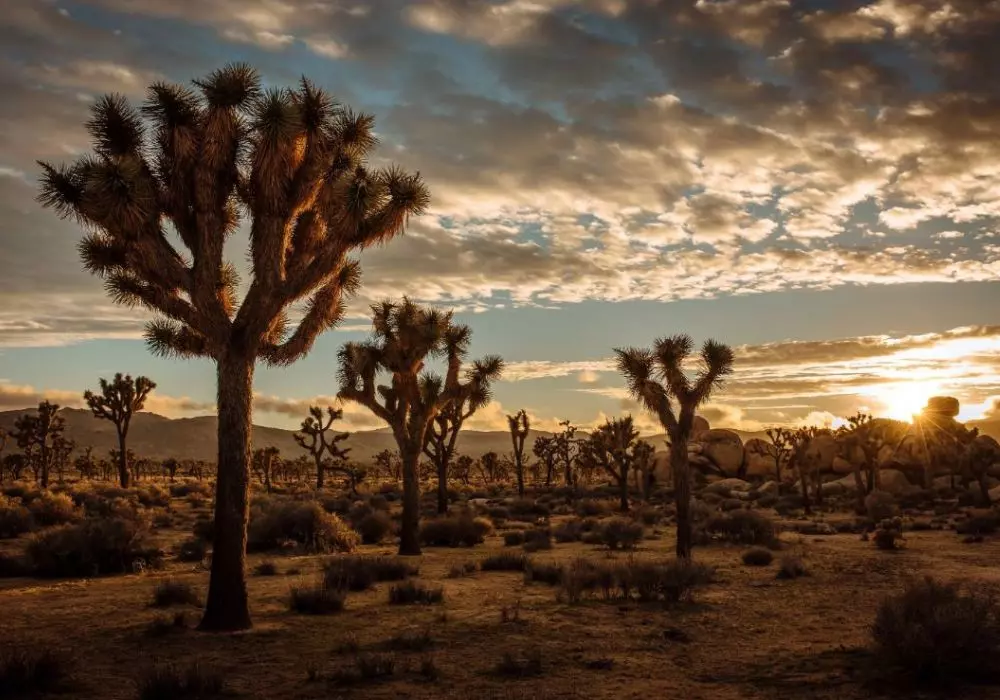Nestled in the Rocky Mountains of Montana, Glacier National Park is one of the most breathtaking natural preserves in the United States.
Spanning over a million acres, the park is a sanctuary for diverse ecosystems, awe-inspiring landscapes, and a wide array of wildlife.
Often referred to as the “Crown of the Continent,” Glacier National Park is a destination that offers something for everyone—from the casual sightseer to the seasoned adventurer.
In this comprehensive guide, we’ll take you on a journey through Glacier National Park, exploring its history, unique features, must-see destinations, and tips for making the most of your visit.
Quick Facts and Key Information About Glacier National Park
This table provides a concise overview of essential information about Glacier National Park, making it easy for readers to quickly grasp key details.
| Topic | Details |
|---|---|
| Location | Montana, USA |
| Size | Over 1 million acres |
| Established | May 11, 1910 |
| Nickname | Crown of the Continent |
| Key Attractions | Going-to-the-Sun Road, Lake McDonald, Many Glacier, Grinnell Glacier, Hidden Lake |
| Main Activities | Hiking, Camping, Wildlife Viewing, Fishing, Boating, Photography, Stargazing |
| Best Time to Visit | Summer (July to September) for hiking and outdoor activities; Fall (October to November) for foliage |
| Unique Features | Active Glaciers, Alpine Meadows, Old-Growth Forests, Wildflower Displays |
| Wildlife | Grizzly Bears, Mountain Goats, Bighorn Sheep, Moose, Bald Eagles, Over 270 Bird Species |
| Historical Significance | Sacred land for Native American tribes, including the Blackfeet, Salish, Kootenai, and Pend d’Oreille |
| Climate Change Impact | Shrinking glaciers, changes in wildlife habitats, increased wildfire frequency |
| Cultural Significance | Deep spiritual connections for Native American tribes; collaboration with the National Park Service |
| Accommodation Options | Historic Lodges, Campgrounds, Nearby Towns (West Glacier, East Glacier Park Village, Whitefish) |
| Visitor Tips | Make reservations in advance, pack layers, carry bear spray, check weather conditions |
| Seasonal Highlights | Spring: Wildlife and wildflowers; Summer: Full access to roads/trails; Fall: Foliage; Winter: Snow activities |
| Nearest Airport | Glacier Park International Airport (FCA), Kalispell, Montana |
| Annual Visitors | Over 3 million |
| International Connection | Part of Waterton-Glacier International Peace Park with Waterton Lakes National Park in Canada |
The Rich History of Glacier National Park
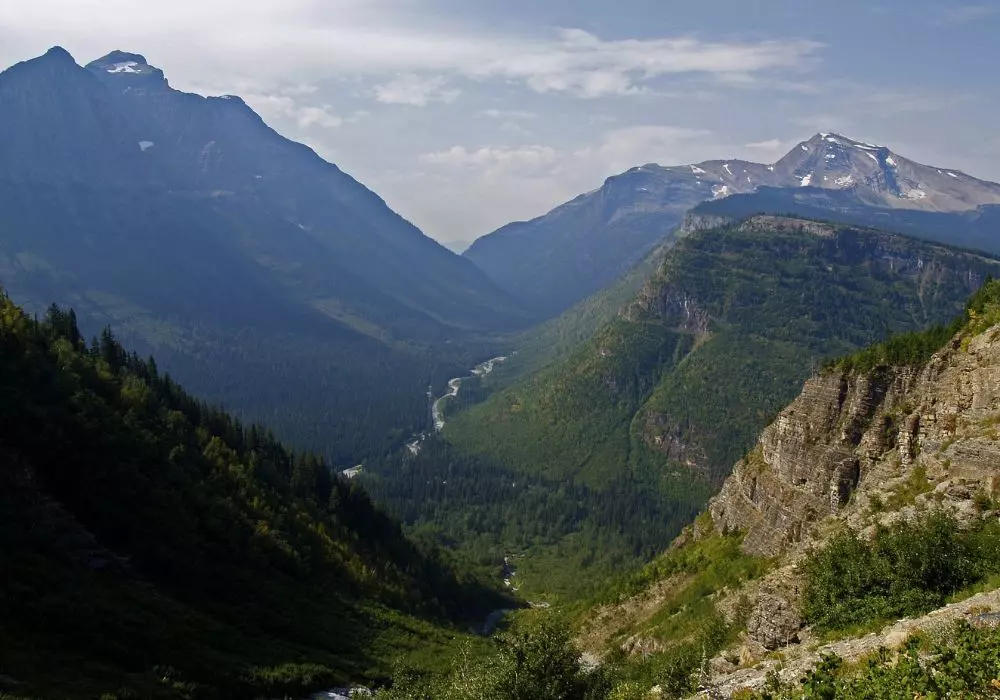

Glacier National Park’s history is as rich and varied as its landscapes.
The area has been inhabited for thousands of years, originally by Native American tribes such as the Blackfeet, Salish, and Kootenai.
These tribes revered the land for its spiritual significance and relied on its abundant resources for survival.
In the late 19th century, as European settlers expanded westward, the region’s stunning landscapes began attracting the attention of explorers, naturalists, and eventually, tourists.
Recognizing the need to preserve this pristine wilderness, Glacier National Park was established on May 11, 1910, becoming the 10th national park in the United States.
The park’s creation was largely driven by the efforts of conservationists and the Great Northern Railway, which promoted the park as a premier travel destination.
One of the most significant events in the park’s history was the construction of the Going-to-the-Sun Road, completed in 1932.
This 50-mile highway, an engineering marvel of its time, opened up the park’s interior to visitors and remains one of its most iconic features.
Geology and Glaciers: The Forces That Shaped the Park
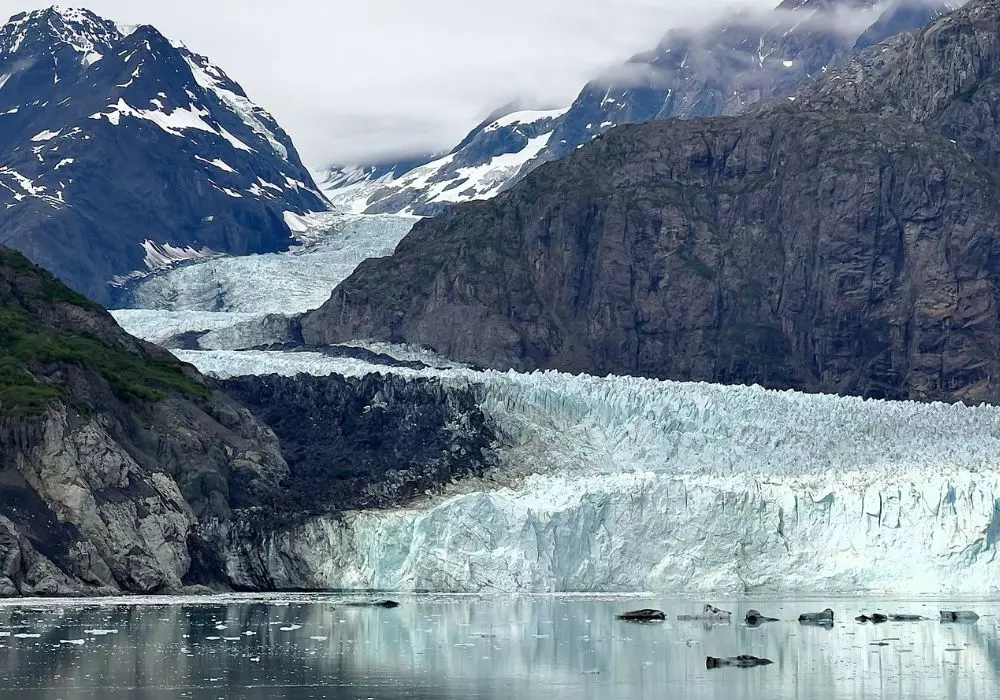

The landscape of Glacier National Park is the result of millions of years of geological activity, including tectonic movements, volcanic eruptions, and, most notably, the advance and retreat of glaciers.
These glaciers carved out the park’s deep valleys, rugged mountains, and crystal-clear lakes, creating the dramatic scenery that visitors marvel at today.
At the height of the last Ice Age, massive glaciers covered much of the area now known as Glacier National Park.
As the climate warmed, these glaciers receded, leaving behind the U-shaped valleys, cirques, and moraines that define the park’s topography.
Today, the park is home to more than 25 active glaciers, though they are much smaller than their Ice Age predecessors.
Scientists predict that these glaciers may disappear within the next few decades due to ongoing climate change.
The park’s shrinking glaciers are a stark reminder of the impact of global warming and have become a focal point for climate research.
Ecosystems and Biodiversity: A Sanctuary for Wildlife
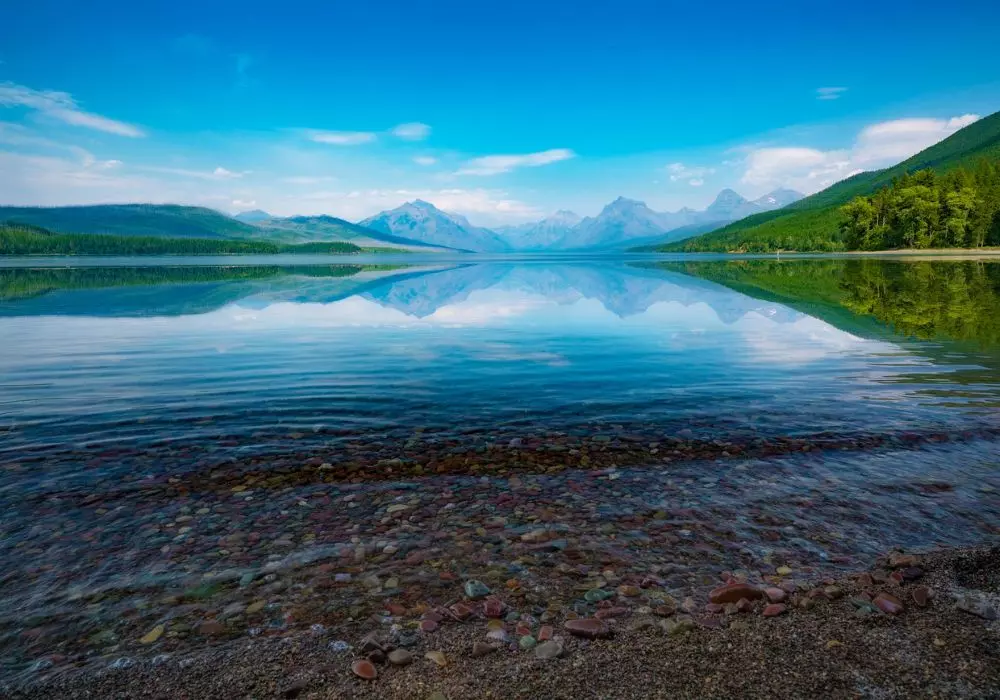

Glacier National Park is a biodiversity hotspot, home to a wide range of ecosystems that support an incredible variety of plant and animal species.
The park’s diverse habitats include alpine meadows, temperate rainforests, and prairie grasslands, each with its own unique flora and fauna.
One of the park’s most famous residents is the grizzly bear, a symbol of the wild and rugged nature of Glacier National Park.
Visitors also have the chance to see black bears, mountain lions, moose, elk, and bighorn sheep.
Birdwatchers will delight in the more than 270 species of birds that call the park home, including the rare and elusive harlequin duck.
The park’s plant life is equally diverse, with over 1,000 species of vascular plants.
Wildflowers blanket the meadows in vibrant colors during the summer months, while ancient forests of cedar and hemlock provide a shady refuge in the park’s lower elevations.
The park’s waterways, including over 130 named lakes and numerous rivers and streams, are teeming with fish.
Anglers can try their luck at catching native species like bull trout and westslope cutthroat trout.
Must-See Destinations and Iconic Landmarks
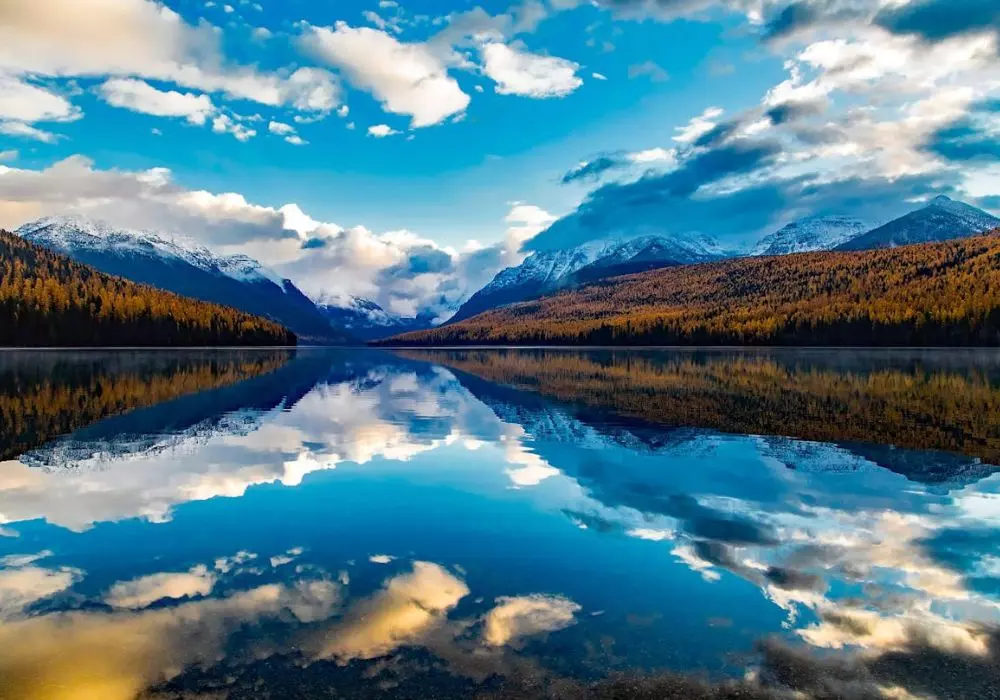

Glacier National Park is vast, and with so much to see, it can be challenging to decide where to start.
Here are some of the park’s must-see destinations and iconic landmarks that should be on every visitor’s list:
Going-to-the-Sun Road: This engineering marvel winds its way through the heart of the park, offering breathtaking views of the surrounding mountains, valleys, and glaciers.
The road reaches its highest point at Logan Pass, where visitors can stop at the visitor center and embark on several popular hiking trails.
Lake McDonald: The largest lake in the park, Lake McDonald is known for its stunningly clear waters and colorful, smooth pebbles.
The lake is surrounded by towering mountains, making it a popular spot for photography, boating, and fishing.
Many Glacier: Often referred to as the “Switzerland of North America,” Many Glacier is one of the park’s most scenic areas.
The region is home to several beautiful lakes, including Swiftcurrent Lake and Lake Josephine, as well as the historic Many Glacier Hotel.
Grinnell Glacier: A challenging but rewarding hike takes visitors to Grinnell Glacier, one of the park’s remaining active glaciers.
The trail offers stunning views of the glacier and the surrounding alpine scenery.
Hidden Lake: A short hike from Logan Pass leads to Hidden Lake, a serene and picturesque body of water nestled among the mountains.
The area is a popular spot for wildlife viewing, with mountain goats often seen grazing nearby.
Avalanche Lake: The trail to Avalanche Lake is one of the park’s most popular hikes, leading visitors through lush forests to a beautiful glacial lake surrounded by towering cliffs and waterfalls.
Two Medicine: Located in the southeastern part of the park, Two Medicine is a less-visited area that offers stunning scenery and a peaceful atmosphere.
The region is home to Two Medicine Lake, as well as several excellent hiking trails.
Waterton Lakes National Park: Glacier National Park is part of the larger Waterton-Glacier International Peace Park, which spans the U.S.-Canada border.
Waterton Lakes National Park in Alberta, Canada, offers additional opportunities for exploration and is easily accessible from Glacier.
Hiking and Outdoor Activities
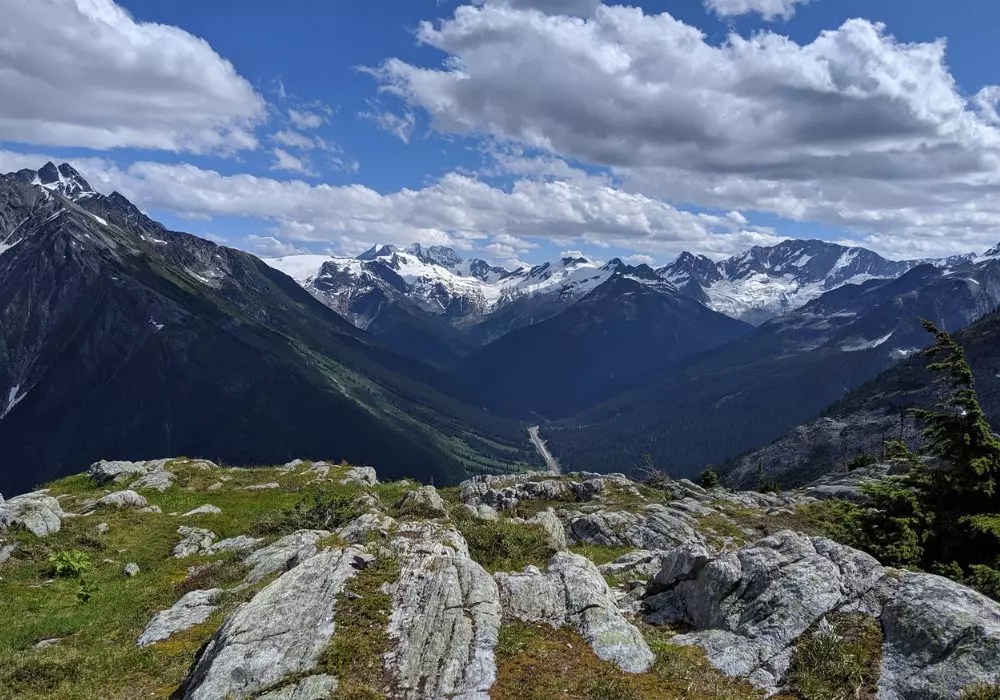

With over 700 miles of trails, Glacier National Park is a hiker’s paradise.
Whether you’re looking for a leisurely stroll or a challenging backcountry adventure, the park has something to offer every level of hiker.
Here are some of the top hiking trails in the park:
Highline Trail: This iconic trail follows the Continental Divide and offers some of the most spectacular views in the park.
The trail begins at Logan Pass and traverses the high cliffs above the Going-to-the-Sun Road, offering panoramic views of the surrounding mountains and valleys.
Iceberg Lake Trail: A moderate hike that leads to the stunning Iceberg Lake, known for the icebergs that float on its surface even in the summer.
The trail passes through alpine meadows and offers excellent opportunities for wildlife viewing.
Grinnell Glacier Trail: This challenging hike takes you to one of the park’s most famous glaciers.
The trail offers breathtaking views of the glacier, as well as the surrounding mountains and lakes.
Avalanche Lake Trail: A popular hike that leads through old-growth forests to the serene Avalanche Lake, surrounded by steep cliffs and cascading waterfalls.
Hidden Lake Overlook: A short but steep hike from Logan Pass leads to an overlook with stunning views of Hidden Lake and the surrounding peaks.
The trail is often frequented by mountain goats.
In addition to hiking, Glacier National Park offers a wide range of other outdoor activities, including:
Camping: The park has 13 campgrounds, offering everything from primitive backcountry sites to more developed campgrounds with amenities.
Camping in Glacier allows visitors to fully immerse themselves in the park’s natural beauty.
Fishing: The park’s lakes and rivers are home to a variety of fish species, making it a popular destination for anglers.
Fly fishing is particularly popular in the park’s clear, cold waters.
Boating: Several of the park’s larger lakes, including Lake McDonald, St. Mary Lake, and Two Medicine Lake, offer opportunities for boating.
Canoes, kayaks, and motorboats can be rented at some locations, and guided boat tours are also available.
Wildlife Viewing: Glacier National Park is one of the best places in North America to see wildlife in its natural habitat.
From grizzly bears and wolves to bald eagles and marmots, the park is home to a wide variety of species.
The best times for wildlife viewing are early morning and late evening.
Photography: With its dramatic landscapes and abundant wildlife, Glacier National Park is a photographer’s dream.
Whether you’re an amateur or a professional, the park offers endless opportunities to capture stunning images.
Stargazing: Far from city lights, Glacier National Park is one of the best places in the United States for stargazing.
The park’s dark skies provide a clear view of the Milky Way, and on a clear night, you can see thousands of stars.
Seasonal Variations: What to Expect Year-Round
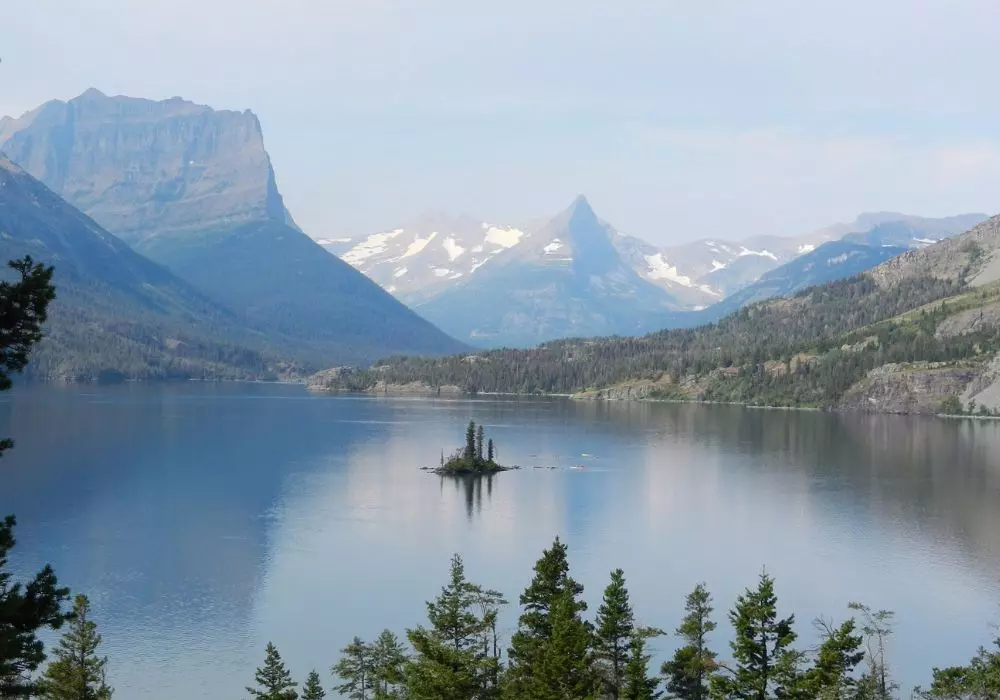

Glacier National Park experiences distinct seasonal variations, each offering its own unique experiences. Here’s what to expect during each season:
Spring (April to June): Spring is a time of renewal in Glacier National Park. As the snow melts, wildflowers begin to bloom, and wildlife becomes more active.
Some higher elevation areas may still be snow-covered, and the Going-to-the-Sun Road typically doesn’t fully open until late June.
Spring is a quieter time to visit, with fewer crowds.
Summer (July to September): Summer is the most popular time to visit Glacier National Park, with warm temperatures and long days providing the perfect conditions for hiking, camping, and exploring.
Most of the park’s roads, including the famous Going-to-the-Sun Road, are fully open, allowing visitors to access all the major attractions.
The wildflower meadows are in full bloom, creating vibrant displays of color across the landscape.
However, with the popularity of summer comes larger crowds, especially in popular areas like Logan Pass and Lake McDonald.
To avoid the busiest times, consider starting your day early or visiting some of the park’s less-trafficked areas.
Fall (October to November): Fall brings a dramatic change to Glacier National Park as the vibrant autumn colors take over the landscape.
The park’s forests turn shades of gold, orange, and red, creating a stunning contrast against the blue skies and snow-capped peaks.
Wildlife is particularly active during this time as animals prepare for winter. Fall is also a great time to visit if you prefer a quieter experience, as the summer crowds have diminished.
However, weather conditions can be unpredictable, with the possibility of early snowfalls at higher elevations.
The Going-to-the-Sun Road typically closes in mid-October due to snow.
Winter (December to March): Winter transforms Glacier National Park into a snow-covered wonderland.
The park is much quieter during this time, offering a peaceful and serene experience for those willing to brave the cold.
Cross-country skiing, snowshoeing, and winter hiking are popular activities, with trails like the Apgar Lookout and Avalanche Creek offering stunning winter scenery.
The Going-to-the-Sun Road is closed to vehicle traffic during the winter, but it remains accessible for snowshoers and cross-country skiers.
Winter is also a great time for wildlife spotting, as animals like elk, deer, and mountain goats are more easily seen against the snowy backdrop.
Planning Your Visit: Tips and Recommendations
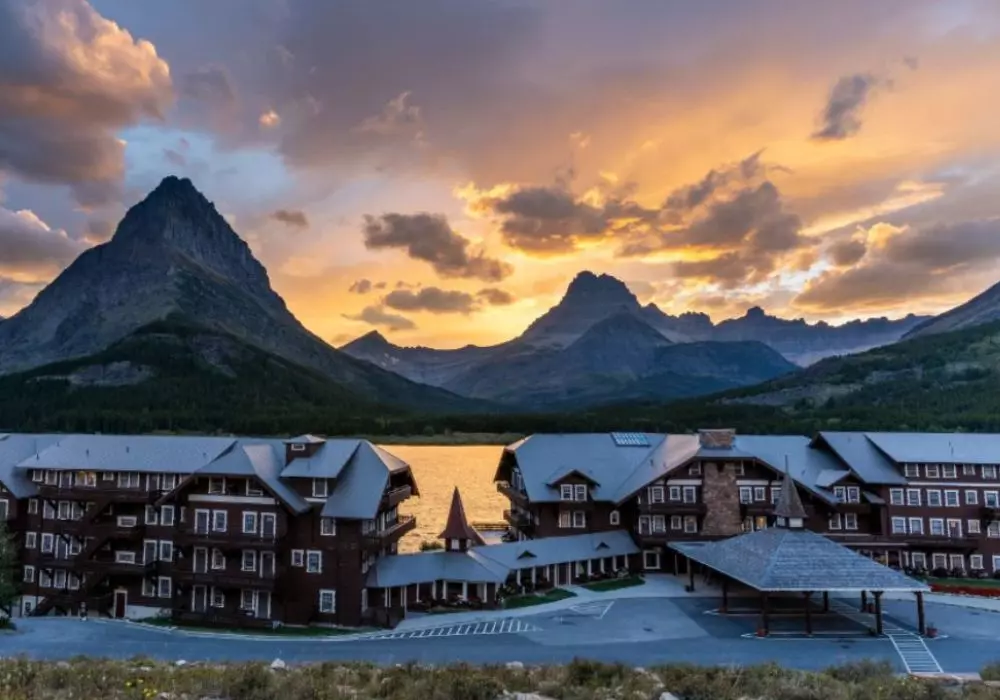

A successful trip to Glacier National Park requires some planning, especially if you want to make the most of your time in this vast and diverse wilderness.
Here are some tips and recommendations to help you plan your visit:
When to Visit: The best time to visit Glacier National Park depends on your interests and what you want to experience.
Summer is ideal for hiking and outdoor activities, while fall offers stunning foliage and fewer crowds.
Spring is quieter and great for wildlife watching, while winter provides a unique opportunity to experience the park’s snowy landscapes.
Where to Stay: Glacier National Park offers a range of accommodation options, from historic lodges to campgrounds.
Inside the park, options include the Many Glacier Hotel, Lake McDonald Lodge, and the Apgar Village Lodge.
There are also several campgrounds within the park, including the popular Fish Creek and Many Glacier campgrounds.
If you prefer to stay outside the park, the nearby towns of West Glacier, East Glacier Park Village, and Whitefish offer a variety of lodging options.
Permits and Reservations: If you plan to camp in the park, especially in popular campgrounds, it’s important to make reservations well in advance.
Backcountry camping requires a permit, which can be obtained at one of the park’s visitor centers.
The Going-to-the-Sun Road also requires a vehicle reservation during the peak summer season, so be sure to plan ahead if you want to drive this iconic route.
What to Pack: Packing for Glacier National Park depends on the season, but some essentials include layers of clothing, sturdy hiking boots, a rain jacket, and sun protection.
If you plan to hike, bring a map, compass, or GPS, as cell service is limited in many parts of the park.
Don’t forget to pack bear spray, as encounters with bears are possible in the park.
Safety Considerations: Glacier National Park is a wilderness area, and visitors should be prepared for the challenges that come with it.
Weather conditions can change rapidly, so always check the forecast and be prepared for the possibility of rain or snow.
When hiking, stay on designated trails and be aware of your surroundings. If you encounter wildlife, maintain a safe distance and never approach or feed animals.
Bear safety is particularly important in Glacier—make noise while hiking to avoid surprising a bear, and carry bear spray as a precaution.
Conclusion
Glacier National Park is more than just a destination—it’s a place that inspires awe, reflection, and a deep appreciation for the natural world.
Whether you’re standing at the edge of a glacial lake, hiking through a wildflower-filled meadow, or watching the sun set over the towering peaks, Glacier National Park offers experiences that stay with you long after you’ve left.
As you explore this incredible park, remember that it is a place of both beauty and fragility.
The landscapes that draw visitors from around the world are also at risk from the impacts of climate change, development, and other environmental pressures.
By visiting Glacier National Park responsibly and supporting conservation efforts, you can help ensure that this “Crown of the Continent” remains a source of wonder and inspiration for generations to come.
So pack your bags, lace up your hiking boots, and get ready to embark on an unforgettable journey through Glacier National Park—a place like no other, where nature’s grandeur is on full display and the spirit of the wilderness lives on.
